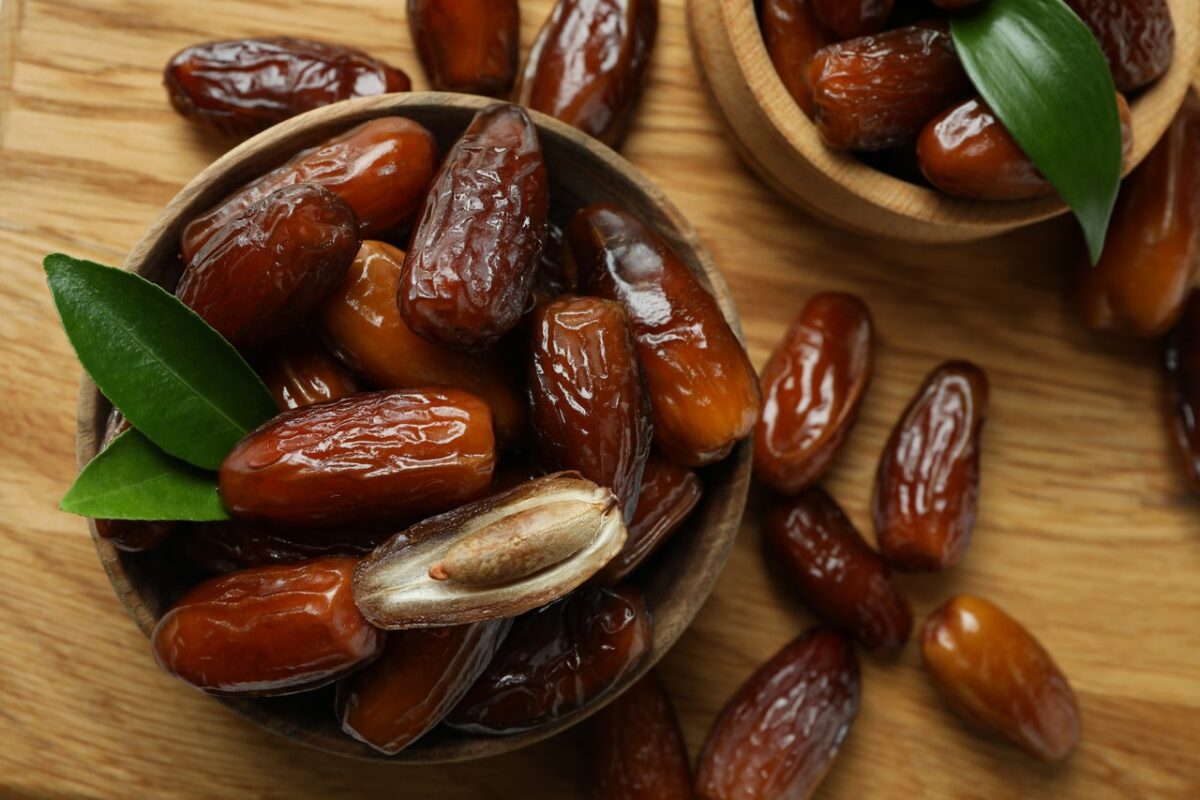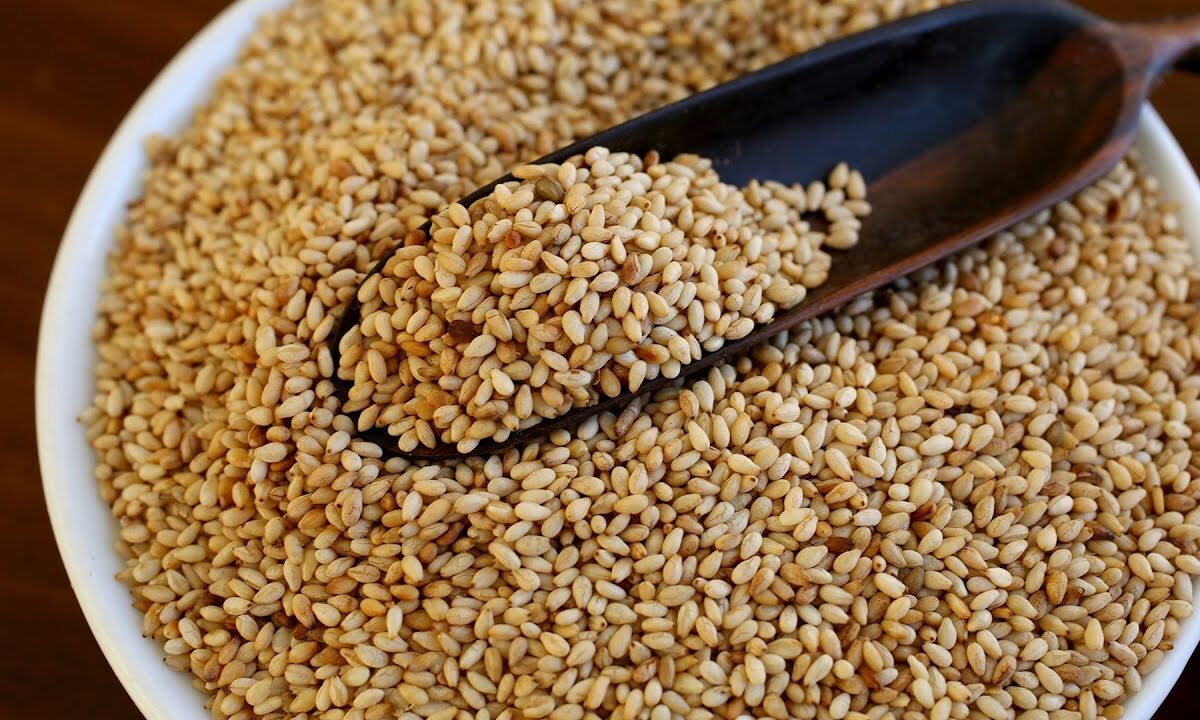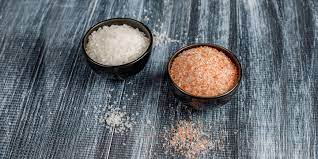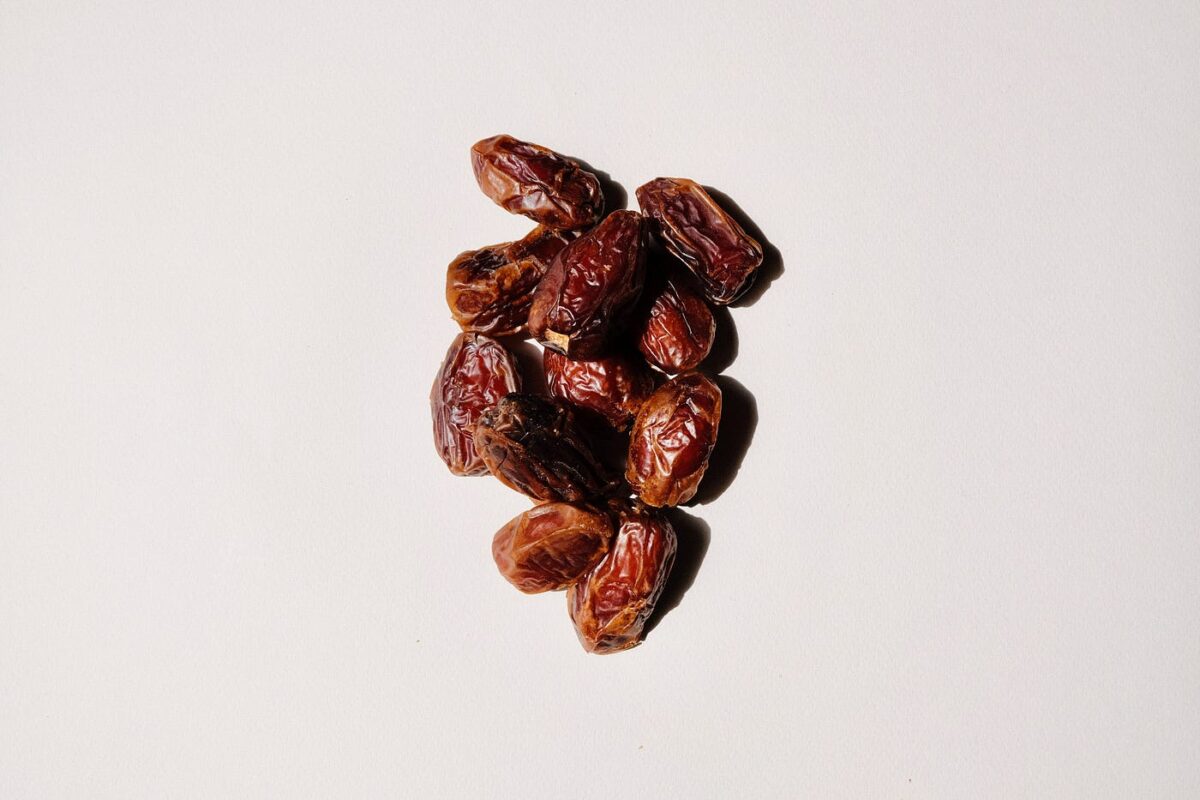Nutritionally speaking, dates are a powerhouse of essential nutrients. Laden with fibers, vitamins, and minerals, they act as a natural supplement for a health-conscious populace. Furthermore, their calorific impact remains reasonably low, allowing individuals to indulge without significantly affecting their dietary restrictions. The role they play in a balanced diet is noteworthy, making them an essential component of many health-focused diets today.
While the modern diet incorporates dates in various forms, it’s their role in weight management that has caught significant attention. As we delve deeper into the benefits of including dates in your diet, we’ll unearth the potential they hold in fostering a healthy and balanced lifestyle, particularly focusing on weight loss aspects.
Importance of Weight Management
Weight management stands as a critical aspect of maintaining optimum health. Its implications stretch far and wide, affecting individuals both physically and mentally. In today’s world, where obesity has turned into a pervasive issue, understanding and adopting measures for effective weight management is of paramount importance.
The impact of weight management extends to daily life activities as well. A balanced weight supports enhanced mobility, better mood, and improved energy levels. It aids in fostering a lifestyle where one can enjoy life’s various activities without being bogged down by weight-related health issues. Moreover, it paves the way for an enriched quality of life where daily tasks are performed with ease and vitality.
Additionally, the psychological benefits of weight management cannot be understated. Maintaining a healthy weight contributes to a positive self-image, boosts confidence, and elevates one’s outlook towards life. It nurtures a sense of well-being and paves the way for a fulfilling and prosperous life journey.
The Nutrient-Dense Nature of Dates
Dates, with their nutrient-dense nature, stand as a pivotal component in weight loss diets. Their high fiber content plays a substantial role in fostering weight loss. Fiber aids in promoting a feeling of fullness, thereby reducing the tendency to overeat. Moreover, it supports digestive health, ensuring the smooth elimination of waste from the body.
Despite being sweet, dates are relatively low in calories, which makes them an excellent choice for weight management. Including them in your diet gives you the pleasure of indulging in a sweet treat without worrying about excessive calorie intake. This low caloric impact, coupled with a good amount of essential nutrients, makes dates a favorable choice for those on a weight loss journey.
Apart from being low in calories, dates are also rich in essential nutrients. They provide a plethora of vitamins and minerals that support overall health. Incorporating dates into your diet ensures that you do not miss out on these vital nutrients while aiming for weight loss, making it a balanced approach to shedding those extra pounds.
Dates and Metabolism
In the complex process of weight loss, metabolism holds a significant place. Dates contribute positively to boosting metabolic rates, thereby assisting in the more efficient burning of calories. A heightened metabolism aids in quicker fat reduction, making weight loss an attainable goal with a balanced diet that includes dates.
Furthermore, dates are known to aid in digestive health. Their fiber content assists in the smooth functioning of the digestive system, preventing issues like constipation and promoting gut health. A healthy digestive system is often linked with effective weight management, portraying dates as an ally in your weight loss journey.
Additionally, the role of dates in fat reduction is gradually coming into the limelight. Certain components found in dates assist in controlling cholesterol levels and reducing body fat. Incorporating them into your diet can thus work towards achieving your weight loss goals more effectively.
Incorporating Dates in Your Weight Loss Diet
When it comes to incorporating dates into your weight loss diet, understanding the ideal servings is essential. Moderation is key to enjoying the benefits of dates without overshooting your caloric intake. Integrating them in reasonable quantities ensures that you reap the benefits without any adverse effects on your weight loss journey.
Getting creative with recipes can also elevate your experience. Dates can be used in a variety of culinary preparations, from smoothies to salads, allowing you to enjoy their sweetness while keeping a check on your calorie intake. Experimenting with recipes can bring a delightful twist to your weight loss diet, adding a touch of sweetness without compromising on your goals.
However, while dates are beneficial, taking precautions and maintaining moderation is crucial. Being mindful of your consumption, and aligning it with your dietary requirements can foster a healthy and balanced approach to weight loss. It is advisable to consult with a nutritionist or healthcare provider to understand the best way to incorporate dates into your diet.
The Balanced Approach to Weight Loss with Dates
Embarking on a weight loss journey is often a meticulous process that requires a balanced approach. Including dates in your diet can serve as a boon, providing a natural sweetness coupled with a host of essential nutrients. Moreover, when combined with a balanced diet, dates can enhance the effectiveness of your weight loss plan.
Complementing your diet with a structured exercise regimen can further elevate the benefits of including dates in your diet. Their energy-boosting properties can fuel your workouts, providing the necessary stamina and vitality. Thus, building a sustainable lifestyle with dates as a vital component can pave the way for a successful weight loss journey.
Creating a sustainable lifestyle is the ultimate goal when it comes to weight loss. Dates, with their multitude of benefits, can be a steadfast ally in achieving this objective. Integrating them wisely into your diet can foster a lifestyle that not only aids in weight loss but also nurtures overall well-being and health.
As we journey through the world of dates and their benefits, we invite you to share your personal success stories. Your experiences can serve as a beacon of inspiration for others embarking on a similar path. Together, we can build a community that supports and uplifts each other in achieving their weight loss goals.
We also welcome you to contribute your favorite recipes that incorporate dates. By sharing creative and healthy recipes, we can foster a community that enjoys the sweetness of dates while working towards their weight loss objectives. Your contributions will be a valuable addition to our growing repository of healthy and delightful recipes.
Furthermore, we are excited to announce a challenge or giveaway soon. Stay tuned for more details and get ready to participate in an exciting event that promotes healthy living and weight loss with dates. Your participation can be a stepping stone towards achieving your weight loss goals and fostering a community that supports each other in this journey.




